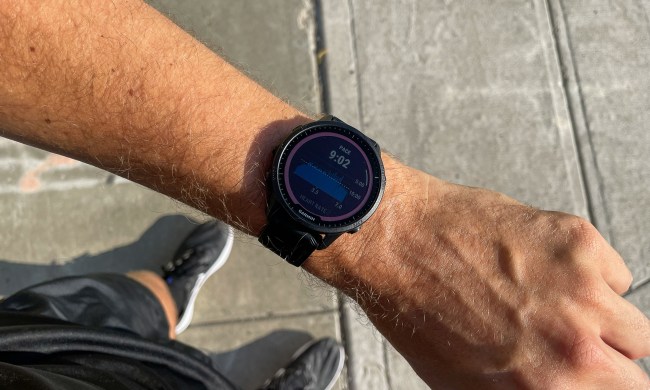Concussions are a serious issue in contact sports like football. Numerous studies over the past decade have given insight to not only the short-term ramifications but the long-term ones as well. Even smaller collisions add up over the course of a career.
Currently, there are a number of tech innovations that are working hard to make football and other sports safer for the players. Now, SyncThink has adapted another recent innovation, virtual reality, to discover concussions sooner and with more accuracy. Within one minute, the headset can highlight early signs of brain trauma.
When a concussion occurs, the connections between our brain and our eyes are impaired. This leads to variability and jitter in visual performance. This same issue occurs in thinking and body movement, but eye movement is the most accurate way of measuring the severity.
By using a DK2 Oculus Rift and eye sensors, the EyeSync headset is able to provide a quick and accurate test for any trauma to the brain. A simple circular visual stimulus runs for 15 seconds and repeats four times. The headset records the eye movement and immediately produces the results.
To make the EyeSync system user-friendly, the unit is highly portable. Weighing in at less than five pounds, it can easily be carried to the injured player.
According to Tech Crunch, the headset is already being utilized by Stanford University’s athletic department. Indiana University will also begin using EyeSync technology to study sub-concussive head impacts.
“By tracking sub-concussive impacts combined with various parameters, we have witnessed a glimpse, but plausible hope that some modalities could predict a concussion before it occurs,” said Keisuke Kawata, assistant professor of kinesiology at Indiana University. “It is my priority to establish brain-injury specific objective markers to ensure soldiers and athletes’ safety while sustaining the highest level of performance.”


